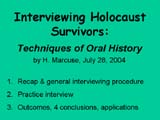 title slide |
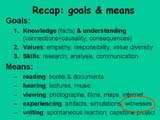 from Monday's talk |
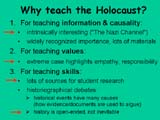 goals and state standards |
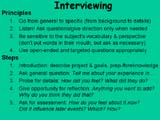 interviewing guidelines |
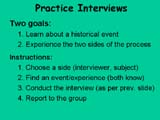 Activity: pair off, find an event ONE partner experienced firsthand, do an interview |
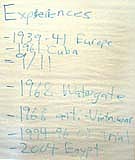 events participants did |
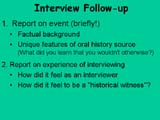 follow-up: how did participants on each side of the interview feel? |
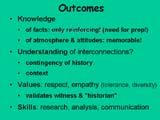 summary of outcomes; facts matter less, personal quality is unique |
| Note that witnesses neither
know the "facts" reliably, nor do they "know" what
those facts mean any better than others who study them. Their unique contribution is the human dimension. |
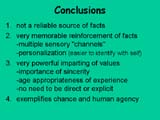 4 main conclusions |
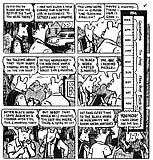 Illustration of conclusion 1 |
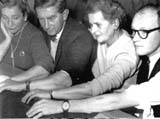 People with tatoos are human artifacts: illustration of conclusion 2 (hi-res) |
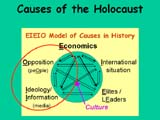 interviews are only good for one side of model of causes see bottom row of "Causes" |
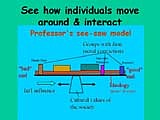 Useful follow-up: show where people were and how they move |
I
also presented 5 guidelines for bringing historical witnesses into the
classroom. They are summarized on the butcher paper from the Thursday brownbag. |
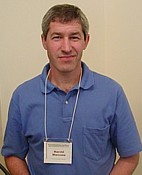
|